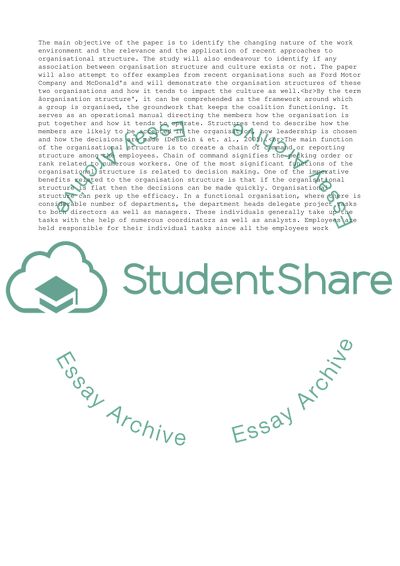Cite this document
(Leadership and Management Essay Example | Topics and Well Written Essays - 2000 words, n.d.)
Leadership and Management Essay Example | Topics and Well Written Essays - 2000 words. https://studentshare.org/business/1773711-leadership-and-management
Leadership and Management Essay Example | Topics and Well Written Essays - 2000 words. https://studentshare.org/business/1773711-leadership-and-management
(Leadership and Management Essay Example | Topics and Well Written Essays - 2000 Words)
Leadership and Management Essay Example | Topics and Well Written Essays - 2000 Words. https://studentshare.org/business/1773711-leadership-and-management.
Leadership and Management Essay Example | Topics and Well Written Essays - 2000 Words. https://studentshare.org/business/1773711-leadership-and-management.
“Leadership and Management Essay Example | Topics and Well Written Essays - 2000 Words”. https://studentshare.org/business/1773711-leadership-and-management.


